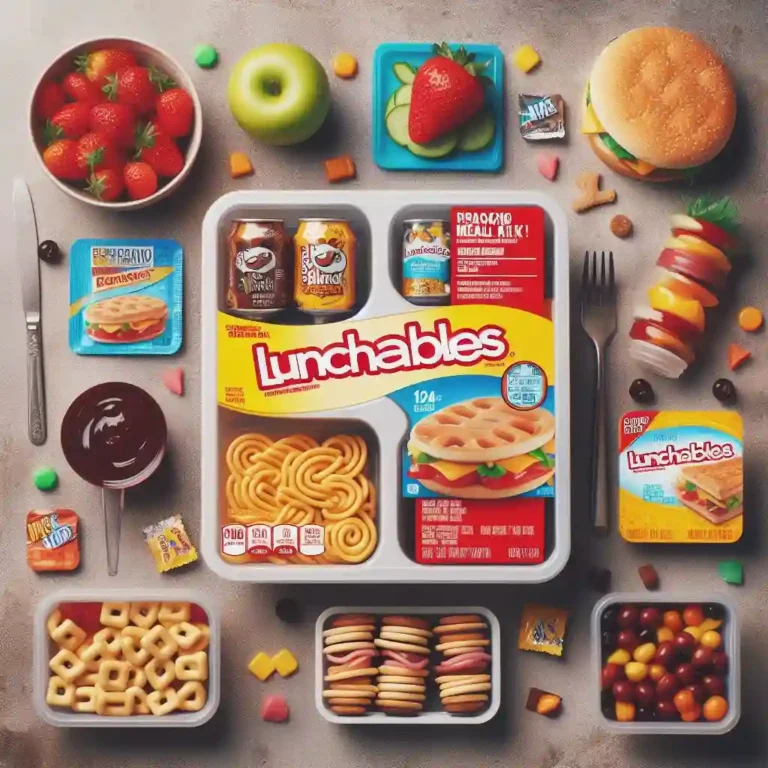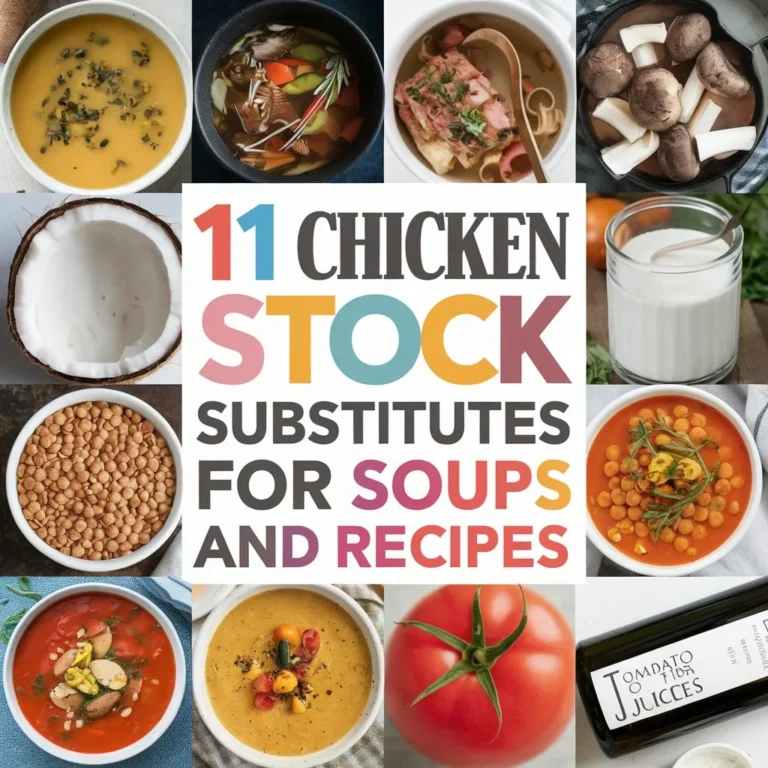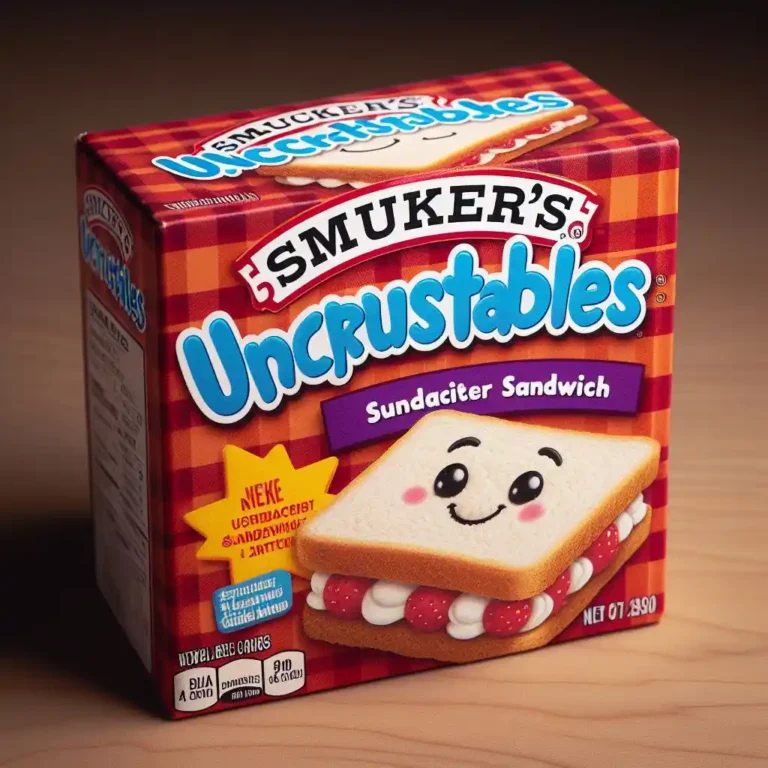Freezing Cooked Roast Beef: Safety and Storage Tips
Freezing cooked roast beef can be a convenient way to enjoy this delicious dish at a later time, but it’s essential to do it safely to prevent foodborne illness. When done correctly, freezing can help preserve the flavor and texture of your roast beef, but improper storage can lead to spoilage and even food poisoning.
In this article, we’ll explore the best practices for freezing cooked roast beef, including how long it can be safely stored, the best containers to use, and tips for thawing and reheating. By following these guidelines, you can enjoy your roast beef for months to come while keeping your family safe from foodborne illness.
Freezing Cooked Roast Beef: Quick Guide

Before Freezing:
- Cool the cooked roast beef to room temperature within 2 hours of cooking
- Divide the meat into airtight, shallow containers or freezer bags to prevent freezer burn
- Remove as much air as possible from the containers or bags before sealing
- Label the containers or bags with the date and contents
Freezer Storage:
- Store the containers or bags in the freezer at 0°F (-18°C) or below
- Cooked roast beef can be safely frozen for 3-4 months
- For optimal flavor and texture, use within 2 months
Thawing and Reheating:
- Thaw frozen cooked roast beef overnight in the refrigerator
- Reheat to an internal temperature of 165°F (74°C) using the oven, microwave, or stovetop
- Use thawed cooked roast beef within 3-4 days
Safety Reminders:
- Always handle and store cooked roast beef at a safe temperature (below 40°F or 4°C) to prevent bacterial growth
- Never refreeze thawed cooked roast beef
- Check the meat for any signs of spoilage before consuming, such as off smells or slimy texture
Before You Freeze: Cooling and Handling Cooked Roast Beef

Before you freeze your cooked roast beef, it’s essential to cool it down to room temperature and handle it safely to prevent bacterial growth. Here are some tips to keep in mind:
Cooling Down
- Cool the cooked roast beef to room temperature within 2 hours of cooking. This is a critical step, as bacteria can multiply rapidly between 40°F (4°C) and 140°F (60°C).
- Use shallow containers to cool the meat quickly and evenly. Divide the roast beef into smaller portions to speed up the cooling process.
- Stir the meat occasionally as it cools to prevent hot spots and promote even cooling.
Handling and Packaging
- Once the cooked roast beef has cooled, handle it safely to prevent cross-contamination:
- Wash your hands thoroughly with soap and warm water before handling the meat.
- Use clean utensils and cutting boards to handle the meat.
- Prevent juices from dripping onto other foods or surfaces.
- Package the cooled roast beef in airtight, shallow containers or freezer bags to prevent freezer burn and other flavors from transferring to the meat.
- Remove as much air as possible from the containers or bags before sealing to prevent freezer burn.
Choosing the Right Containers: Airtight and Freezer-Safe Options

When it comes to freezing cooked roast beef, the right containers can make all the difference in maintaining the meat’s quality and safety. Here are some tips for choosing the right containers:
Airtight Containers
- Look for containers with tight-fitting lids to prevent air from entering and spoiling the meat.
- Glass or plastic containers with airtight seals, such as Mason jars or Tupperware, are excellent options.
- Avoid using containers with loose-fitting lids or those that are not specifically designed for freezer storage.
Freezer Bags
- Freezer bags are a convenient and space-saving option for freezing cooked roast beef.
- Look for bags that are specifically designed for freezer storage and are made of thick, durable material.
- Remove as much air as possible from the bags before sealing to prevent freezer burn.
Other Options
- Vacuum-sealed bags or containers can also be used to freeze cooked roast beef. These remove the air from the container, preventing freezer burn and keeping the meat fresh.
- Aluminum foil or parchment paper can be used to wrap individual portions of cooked roast beef before placing them in a freezer bag or container.
What to Avoid
- Avoid using containers that are not specifically designed for freezer storage, such as plastic bags or containers with loose-fitting lids.
- Never use containers that have been used for raw meat or other contaminated foods to store cooked roast beef.
Freezer Storage 101: Temperature, Time, and Organization

Proper freezer storage is crucial to maintaining the quality and safety of your cooked roast beef. Here are some essential tips to keep in mind:
Temperature
- Set your freezer to 0°F (-18°C) or below to ensure that your cooked roast beef is stored at a safe temperature.
- Check your freezer’s temperature regularly to ensure it’s within the safe range.
Time
- Cooked roast beef can be safely frozen for 3-4 months. However, it’s best to use it within 2 months for optimal flavor and texture.
- Label the containers or bags with the date they were frozen, so you can keep track of how long they’ve been stored.
Organization
- Organize your freezer to ensure that the oldest items are in the front and most accessible.
- Store containers or bags in a single layer, rather than stacking them, to prevent cross-contamination and make it easier to find what you need.
- Consider using a “first in, first out” system, where you use the oldest items first to ensure that nothing gets lost in the back of the freezer.
Additional Tips
- Keep your freezer clean and tidy to prevent cross-contamination and make it easier to find what you need.
- Avoid overcrowding your freezer, as this can lead to temperature fluctuations and affect the quality of your stored food.
- Consider using a freezer inventory system, such as a spreadsheet or app, to keep track of what you have in the freezer and when it was stored.
How Long Can You Freeze Cooked Roast Beef? A Shelf Life Guide

One of the most common questions about freezing cooked roast beef is how long it can be safely stored. The answer depends on several factors, including the storage temperature, container quality, and handling practices. Here’s a shelf life guide to help you determine how long you can freeze cooked roast beef:
Optimal Quality (2 months)
- Cooked roast beef can be safely frozen for 2 months at 0°F (-18°C) or below.
- During this time, the meat will retain its optimal flavor, texture, and nutritional value.
Acceptable Quality (3-4 months)
- Cooked roast beef can be safely frozen for 3-4 months at 0°F (-18°C) or below.
- While the meat will still be safe to eat, its flavor and texture may start to degrade.
Beyond 4 months
- Cooked roast beef frozen for more than 4 months may still be safe to eat, but its quality will continue to decline.
- The meat may become dry, tough, and develop off-flavors.
Important Notes
- Always check the meat for signs of spoilage before consuming, even if it’s within the recommended shelf life.
- If you notice any unusual odors, slimy texture, or mold growth, it’s best to err on the side of caution and discard the meat.
- When in doubt, it’s always better to freeze cooked roast beef in smaller portions to ensure you can use it within the recommended shelf life.
Thawing and Reheating: Safe and Easy Methods

When you’re ready to use your frozen cooked roast beef, it’s essential to thaw and reheat it safely to prevent foodborne illness. Here are some safe and easy methods to thaw and reheat your cooked roast beef:
Thawing Methods
- Refrigerator Thawing: Place the frozen cooked roast beef in a leak-proof bag or airtight container on the middle or bottom shelf of the refrigerator. Allow 6-24 hours for every 4-5 pounds of meat.
- Cold Water Thawing: Place the frozen cooked roast beef in a leak-proof bag and submerge it in cold water. Change the water every 30 minutes to keep it cold. It’ll take around 30 minutes to an hour to thaw 1 pound of meat.
- Microwave Thawing: Check your microwave’s user manual for defrosting instructions. Cover the meat with a microwave-safe plastic wrap or a microwave-safe container to prevent drying out.
Reheating Methods
- Oven Reheating: Preheat your oven to 325°F (165°C). Place the thawed cooked roast beef in a single layer on a baking sheet or oven-safe dish. Cover with foil and heat for 10-15 minutes per pound, or until the meat reaches an internal temperature of 165°F (74°C).
- Stovetop Reheating: Place the thawed cooked roast beef in a saucepan or skillet over medium heat. Add a small amount of liquid, such as broth or water, to prevent drying out. Heat until the meat reaches an internal temperature of 165°F (74°C).
- Microwave Reheating: Place the thawed cooked roast beef in a microwave-safe dish. Cover with a microwave-safe plastic wrap or lid. Heat on high for 30-60 seconds per pound, or until the meat reaches an internal temperature of 165°F (74°C).
Safety Reminders
- Always wash your hands before and after handling the meat.
- Prevent cross-contamination by using separate utensils and cutting boards for raw and cooked meat.
- Cook the thawed cooked roast beef to an internal temperature of 165°F (74°C) to ensure food safety.
Freezer Safety Reminders: Preventing Bacterial Growth and Spoilage

When it comes to freezing cooked roast beef, safety should always be your top priority. Here are some essential reminders to prevent bacterial growth and spoilage:
Preventing Bacterial Growth
- Keep it Cold: Ensure your freezer is set at 0°F (-18°C) or below to prevent bacterial growth.
- Use Airtight Containers: Store cooked roast beef in airtight, shallow containers or freezer bags to prevent air from entering and promoting bacterial growth.
- Label and Date: Label containers or bags with the date and contents to ensure you use the oldest items first.
Preventing Spoilage
- Freeze Quickly: Freeze cooked roast beef as soon as possible to prevent spoilage.
- Prevent Cross-Contamination: Use separate utensils, cutting boards, and storage containers for raw and cooked meat to prevent cross-contamination.
- Check for Spoilage: Regularly inspect your frozen cooked roast beef for signs of spoilage, such as off odors, slimy texture, or mold growth.
Additional Safety Tips
- Defrost Safely: Defrost cooked roast beef in the refrigerator, cold water, or microwave, never at room temperature.
- Reheat Safely: Reheat cooked roast beef to an internal temperature of 165°F (74°C) to ensure food safety.
- Consume Within Timeframe: Consume frozen cooked roast beef within the recommended timeframe (2-4 months) to ensure quality and safety.
Signs of Spoilage: What to Look for Before Consuming Frozen Cooked Roast Beef
Before consuming frozen cooked roast beef, it’s essential to inspect the meat for signs of spoilage. Here are some common signs to look out for:
Visual Signs
- Slime or Mold: Check for any visible signs of slime or mold on the surface of the meat. If you notice any, it’s best to err on the side of caution and discard the meat.
- Discoloration: Look for any unusual discoloration, such as greenish or grayish tints, which can indicate spoilage.
- Slimy or Soft Texture: Check the texture of the meat. If it feels slimy or soft, it may be a sign of spoilage.
Olfactory Signs
- Off Odors: Check for any unusual or unpleasant odors, such as a sour or ammonia-like smell. If the meat smells off, it’s best to discard it.
Other Signs
- Freezer Burn: Check for any signs of freezer burn, such as dehydration or ice crystals on the surface of the meat.
- Package Damage: Inspect the packaging for any signs of damage, such as tears or holes, which can allow bacteria to enter the package.
What to Do If You Notice Spoilage
- Discard the Meat: If you notice any signs of spoilage, it’s best to discard the meat to avoid foodborne illness.
- Check Other Packages: If you’ve stored multiple packages of cooked roast beef, check them all for signs of spoilage to ensure none of them have been affected.
Tips for Using Frozen Cooked Roast Beef in Recipes and Meals
Frozen cooked roast beef can be a versatile ingredient in many recipes and meals. Here are some tips for using it in your cooking:
Reheating and Reusing
- Reheat Safely: Reheat frozen cooked roast beef to an internal temperature of 165°F (74°C) to ensure food safety.
- Reuse in Recipes: Use reheated cooked roast beef in a variety of recipes, such as sandwiches, wraps, salads, and pasta dishes.
Adding Flavor
- Marinades and Sauces: Marinate or sauce the cooked roast beef with your favorite flavors, such as teriyaki, BBQ, or Italian-style.
- Herbs and Spices: Add fresh herbs and spices to the cooked roast beef for added flavor.
Meal Ideas
- Sandwiches and Wraps: Slice the cooked roast beef thinly and use it in sandwiches, wraps, or as a topping for salads.
- Pasta and Rice Dishes: Add cooked roast beef to pasta dishes, such as carbonara or fettuccine Alfredo, or use it in rice bowls with vegetables and sauces.
- Salads and Soups: Add cooked roast beef to green salads, pasta salads, or soups like beef and barley soup.
Tips for Cooking with Frozen Cooked Roast Beef
- Thawing: Thaw frozen cooked roast beef in the refrigerator or cold water before reheating.
- Reheating: Reheat cooked roast beef in the oven, microwave, or on the stovetop.
- Portion Control: Divide cooked roast beef into portions and freeze for later use.
FAQs
Q: How long can I freeze cooked roast beef?
A: Cooked roast beef can be safely frozen for 3-4 months. However, it’s best to use it within 2 months for optimal flavor and texture.
Q: Can I refreeze cooked roast beef?
A: No, it’s not recommended to refreeze cooked roast beef. Instead, thaw it in the refrigerator or cold water before reheating.
Q: Can I cook frozen cooked roast beef?
A: Yes, you can cook frozen cooked roast beef in the oven or microwave. Simply thaw it first and reheat it to an internal temperature of 165°F (74°C).
Q: Can I use frozen cooked roast beef in recipes?
A: Yes, you can use frozen cooked roast beef in a variety of recipes, such as sandwiches, salads, and pasta dishes. Simply thaw it first and reheat it to an internal temperature of 165°F (74°C).
Q: How do I store cooked roast beef in the freezer?
A: Store cooked roast beef in airtight, shallow containers or freezer bags to prevent freezer burn and other flavors from transferring to the meat.
Q: Can I freeze cooked roast beef in bulk?
A: Yes, you can freeze cooked roast beef in bulk and then thaw and reheat it as needed.
Q: Can I freeze cooked roast beef with other ingredients?
A: Yes, you can freeze cooked roast beef with other ingredients, such as vegetables or grains, to create a complete meal. Simply thaw the mixture in the refrigerator or cold water before reheating.

DK Jacks is a passionate food enthusiast, recipe developer, and culinary explorer. With a love for both traditional and innovative flavors, DK brings a fresh perspective to the kitchen. When not experimenting with new ingredients, you’ll find DK capturing food moments through the lens or sharing cooking tips with fellow foodies.🍽️📸✨







